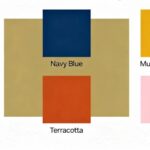After peeling off a price tag, taking down a poster, or unwrapping a new appliance, you might notice a sticky patch left behind. Tape residue is a common problem. It collects dirt, appears messy, and can be difficult to clean without damaging the surface.
This guide explains how to remove stubborn adhesive from almost any material. We’ll cover several easy methods using common household items. By the end, you’ll know how to clean up sticky messes and get your surfaces looking like new.
Table of Contents
ToggleTackle Tape Residue with Household Items
Instead of using harsh chemical removers, try these simple solutions with everyday products. Be sure to test any method on a small, inconspicuous spot first to ensure it won’t damage the material.
Method 1: Oil and a Little Elbow Grease
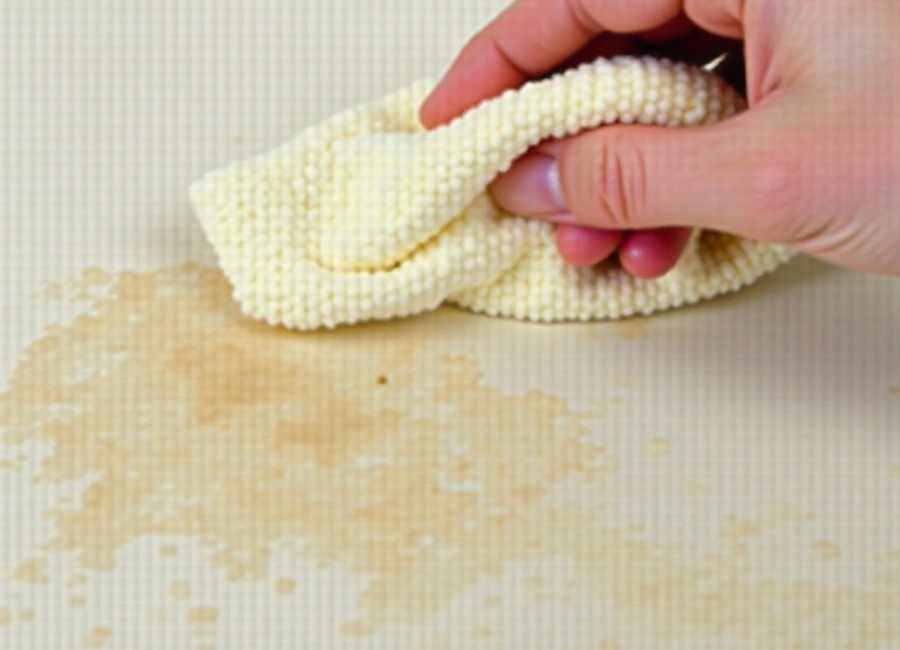
Oils are effective in breaking down the adhesive in most tapes (Citrus Oil Removal Solution, 2021). The oil soaks into the sticky residue, loosening it so you can wipe it away (Sticky Innovations, 2025). This method is safe for most non-porous surfaces, such as glass, metal, and finished wood (How To Remove Adhesive Residue Easily – Expert Tips, n.d.).
What You’ll Need:
- A type of oil (cooking oil, olive oil, coconut oil, baby oil, or mineral oil)
- A soft cloth or paper towel
How to Do It:
- Apply the Oil: Dab a small amount of oil onto the cloth or directly onto the sticky residue.
- Let the oil soak into the residue for 15 to 30 minutes. The longer it sits, the better it will dissolve the adhesive.
- Rub the area with the cloth in a circular motion. The residue should lift and form a ball. Apply gentle pressure as you wipe.
- Clean Up: Once the residue is gone, use a clean cloth with a bit of dish soap and water to remove any oily film left behind. Dry the surface thoroughly.
Method 2: The Power of Heat
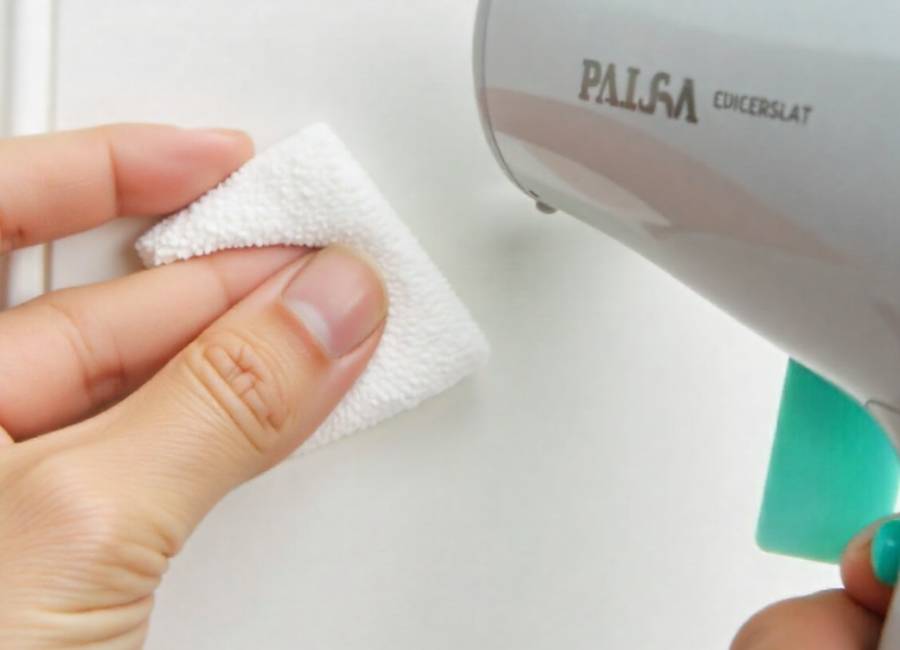
For many types of residue, especially on hard surfaces like glass or metal, heat can be a simple and effective solution. (How to remove sticky tape residue from glass?, 2025) Applying gentle heat softens the adhesive, making it pliable and much easier to peel or scrape off. (5 Ways to Remove Adhesive Residue, 2025)
What You’ll Need:
- A hairdryer
- A plastic scraper, an old credit card, or your fingernail
How to Do It:
- Set your hairdryer to a low or medium heat setting. Hold it a few inches from the sticky spot and move it back and forth for about a minute. Don’t overheat the surface, especially if it’s plastic or painted.
- As the adhesive softens, use a plastic scraper or the edge of a credit card to lift it off gently. Don’t use metal scrapers, as they can scratch the surface.
- If the residue is thick, you may need to repeat the heating and scraping steps several times.
- Clean the Surface: Wipe away any remaining bits with a damp cloth.
Method 3: Rubbing Alcohol or White Vinegar
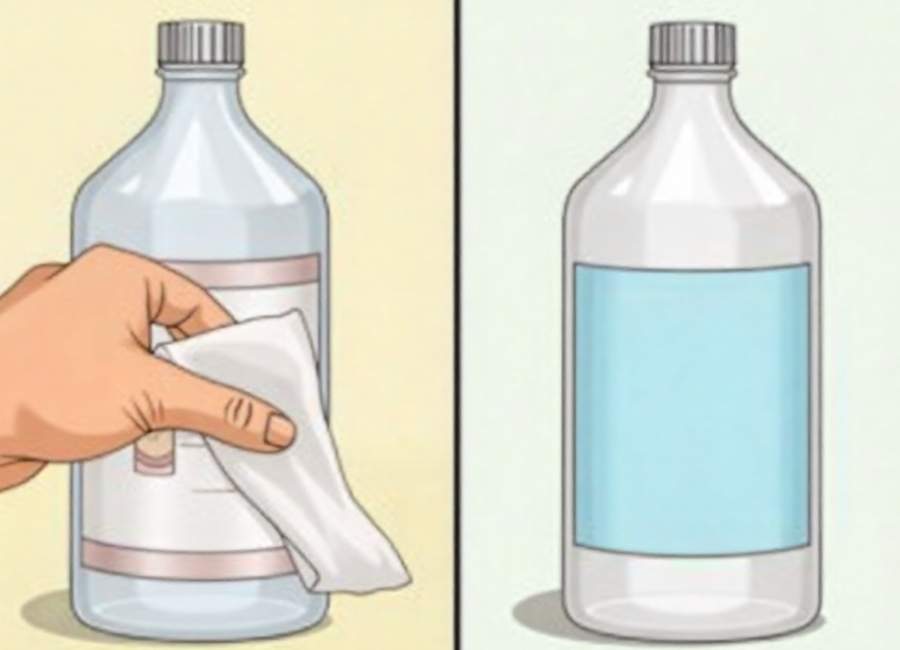
Both rubbing alcohol and white vinegar are excellent solvents that can dissolve sticky residues without being as harsh as commercial chemical removers. (5 Ways To Remove Sticky Residues, 2025) They work well on glass, plastic, and metal. Vinegar is a great natural option, while rubbing alcohol evaporates quickly, leaving no film behind. (How to Remove Tape Residue: 10 Best Ways, 2025)
What You’ll Need:
- Rubbing alcohol (isopropyl alcohol) or distilled white vinegar
- A cotton ball or soft cloth
How to Do It:
- Soak the Residue: Saturate a cotton ball or one end of a cloth with either rubbing alcohol or vinegar.
- Place the soaked cotton ball on the sticky spot and let it sit for a few minutes to loosen the adhesive.
- Rub the area firmly until the residue is gone. The stickiness should come off easily.
- If you used vinegar, wipe the area with a damp cloth afterward to remove the smell. Rubbing alcohol will dry on its own.
Method 4: Soap, Water, and a Scrubber
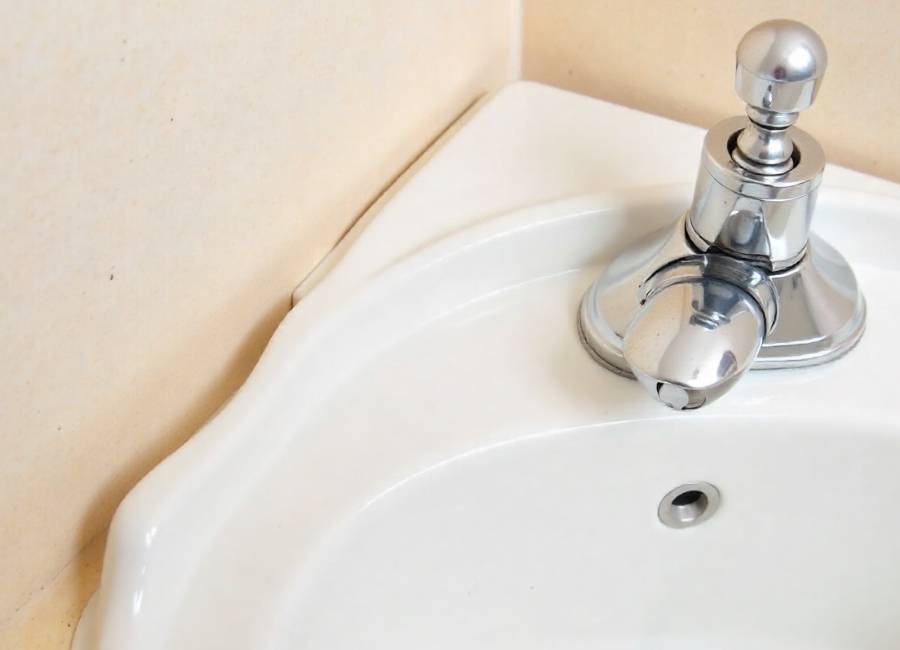
Sometimes, a little dish soap and some scrubbing is all you need. This is the safest method for most surfaces, especially delicate ones, although it may require more effort than other methods.
What You’ll Need:
- Warm water
- Dish soap
- A non-abrasive sponge or cloth
How to Do It:
- Create a Soapy Solution: Mix a few drops of dish soap into a bowl of warm water.
- Dip your sponge or cloth in the soapy water and scrub the residue. Soap, water, and friction will slowly remove the adhesive.
- When the residue is gone, rinse the surface with a clean, damp cloth and dry it well.
What About WD-40 or Goo Gone?
Commercial products like WD-40 and Goo Gone are specifically designed to remove adhesive residues and can be very effective. (3M Adhesive Remover vs Goo Gone: Which Works Best?, n.d.)
- WD-40: This water-displacing spray is also an excellent solvent. (WD-40 Company, 2025) Spray a small amount of the solution onto the residue, let it sit for a few minutes, and then wipe it away. It’s best for metal and glass, but be cautious on plastic and painted surfaces.
- Goo Gone is a citrus-based cleaner that many people use (Goo Gone Pro-Power Cleaner, Citrus Scent, one qt Bottle (2112), n.d.). Apply it to the sticky spot, wait a few moments, and wipe it off. It’s usually safe, but always test it first, as it can damage certain plastics and finishes.
When using these products, work in a well-ventilated area and follow the manufacturer’s instructions closely.
Your Guide to a Residue-Free Home
Removing tape residue doesn’t have to be difficult. With some common household items and a bit of patience, you can remove adhesive from almost any surface. Whether you use oil, heat, or alcohol, you now know how to clean up sticky messes safely.
The next time you find stubborn tape residue, you’ll know what to do. For more cleaning tips and Home advice, check out our other blog posts.





